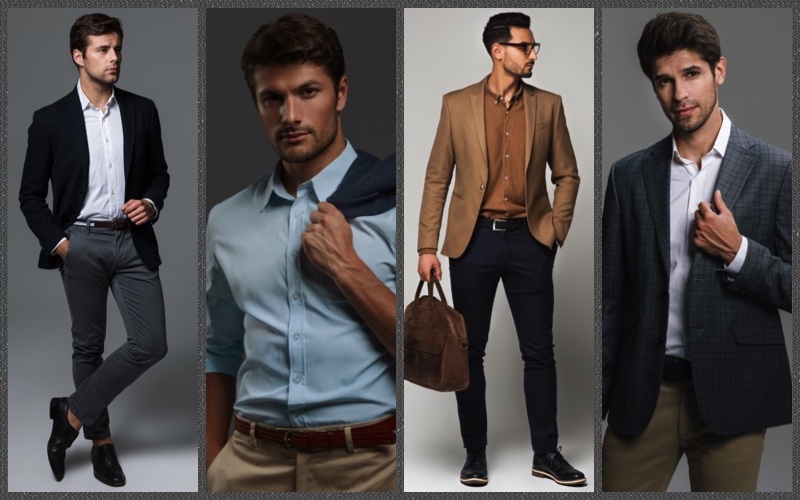In the contemporary professional landscape, the line between business and casual attire has blurred, giving rise to the popular dress code known as “business casual.” Striking the right balance between professionalism and comfort can be a challenge, but with a few key principles in mind, you can navigate the world of business casual with confidence. This guide will help you understand the nuances of business casual attire and provide tips on how to master this style for various professional settings.
- Know Your Company Culture: Before updating your Arnewsjournal.com wardrobe, it’s essential to understand your company’s dress code policy. Some organizations have a more relaxed approach to business casual, allowing for a broader range of clothing choices, while others may maintain a more traditional business attire standard. Observing how your colleagues and superiors dress can provide valuable insights into the company culture.
- Essential Wardrobe Staples: Building a business casual wardrobe starts with a few key pieces that can be mixed and matched to create a variety of outfits. Invest in well-fitted dress shirts, tailored trousers, and blazers in neutral colors like navy, gray, and beige. For women, versatile dresses, blouses, and skirts can be foundational elements. Quality is key, so prioritize well-made garments that withstand regular wear.
- Footwear Matters: Pay attention to your choice of footwear, as it can significantly impact your overall look. For men, polished loafers or dress shoes are ideal, while women can opt for closed-toe flats, heels, or ankle boots. Avoid overly casual or athletic shoes, as they can undermine the professional image business casual aims to convey.
- Accessorize with Purpose: Accessories can elevate your business casual look. Tasteful additions like a classic watch, a leather belt, or subtle jewelry can add a touch of personality without being too flashy. However, it’s crucial to strike a balance – too many accessories can come across as unprofessional.
- Maintain Grooming Standards: Even in a more relaxed dress code, grooming remains a critical aspect of your professional appearance. Ensure your hair is well-groomed, and if applicable, maintain a well-kept beard or facial hair. For both men and women, maintaining good personal hygiene and a neat appearance is a non-negotiable element of professional style.
- Adapt to Occasion and Industry: Keep in mind that business casual can vary based on the occasion and industry. While some workplaces may allow jeans and polo shirts, others may expect a more polished look with dressier attire. Understanding the expectations for your specific context ensures you are always appropriately dressed.
- Experiment and Personalize: Within the boundaries of professionalism, there is room for personal expression. Experiment with colors, patterns, and textures to inject your personality into your business casual attire. Just be mindful not to go overboard – striking the right balance is key.
Conclusion:
Mastering the art of business casual involves finding the sweet spot between professionalism and comfort. By understanding your company culture, investing in versatile wardrobe staples, paying attention to footwear and accessories, maintaining grooming standards, adapting to your industry, and allowing for personal expression, you can confidently navigate the business casual world. Remember, a well-curated business casual wardrobe not only enhances your professional image but also reflects your understanding of the evolving dynamics of the modern workplace.


